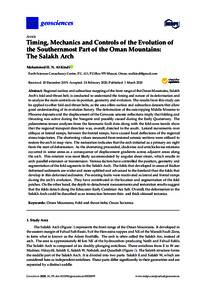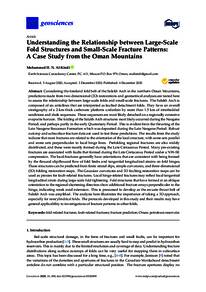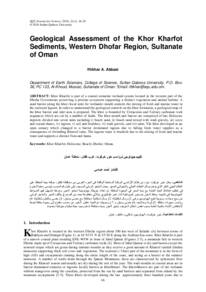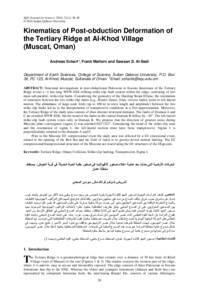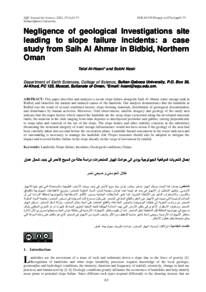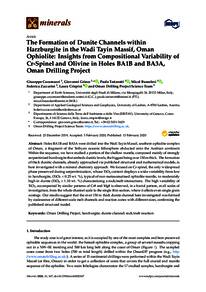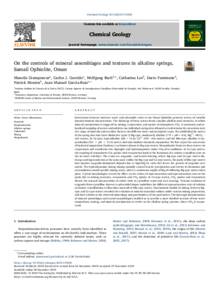Document
Timing, mechanics and controls of the evolution of the southernmost part of the Oman mountains : the Salakh Arch.
Identifier
DOI: 10.3390/geosciences10030095
Source
Geosciences (Switzerland). v. 10, 3, 95
Country
Switzerland.
Publisher
MDPI AG.
Gregorian
2020-03-01
Language
English
English abstract
Regional surface and subsurface mapping of the front range of the Oman Mountains, Salakh Arch’s fold-and-thrust belt, is conducted to understand the timing and nature of its deformation and to analyze the main controls on its position, geometry and evolution. The results from this study can be applied to other fold-and-thrust belts, as the area offers surface and subsurface datasets that allow good understanding of its evolution history. The deformation of the outcropping Middle Miocene to Pliocene deposits and the displacement of the Cenozoic seismic reflections imply that folding and thrusting was active during the Neogene and possibly ceased during the Early Quaternary. The palaeostress-tensor analyses from the kinematic fault data along with the fold-axes trends show that the regional transport direction was, overall, directed to the south. Lateral movements over oblique or lateral ramps, between the frontal ramps, have caused local deflections of the regional stress trajectories. The shortening values measured from restored seismic sections were utilized to restore the arch in map view. The restoration indicates that the arch initiated as a primary arc right from the start of deformation. As the shortening proceeded, clockwise and anticlockwise rotations occurred in some areas as a consequence of displacement gradients across adjacent areas along the arch. This rotation was most likely accommodated by angular shear strain, which results in arch-parallel extension or transtension. Various factors have controlled the position, geometry and segmentation of the fold segments in the Salakh Arch. The folds that developed in areas of thicker deformed sediments are wider and more uplifted and advanced to the foreland than the folds that develop in thin deformed sediments. Pre-existing faults were reactivated as lateral and frontal ramps during the arch's evolution. They have contributed in the location and segmentation of the fold patches. On the other hand, the depth-to-detachment measurements and restoration results suggest that the folds detach along the Ediacaran-Early Cambrian Ara Salt. Overall, the deformation in the Salakh Arch could be described as an interaction between thin-and thick-skinned tectonics.
ISSN
2076-3263
Resource URL
Category
Journal articles

